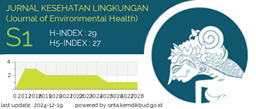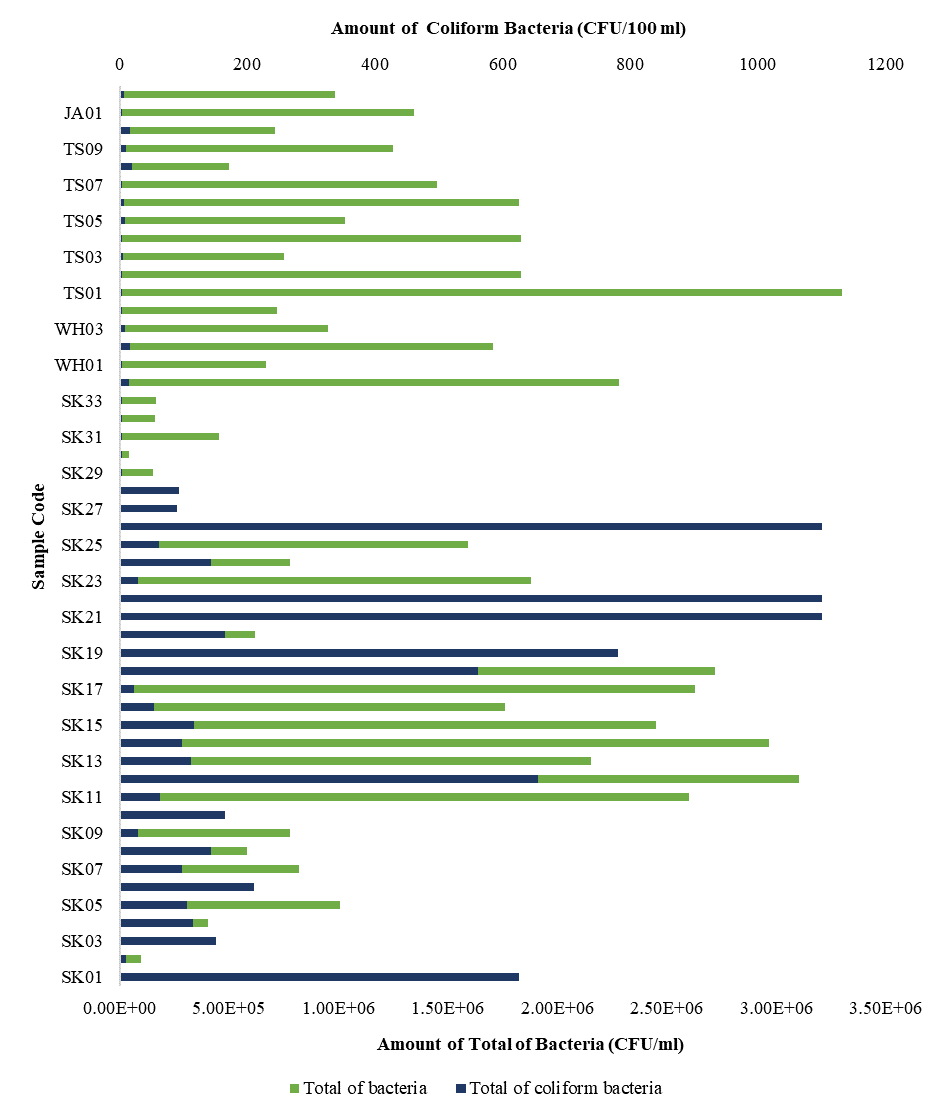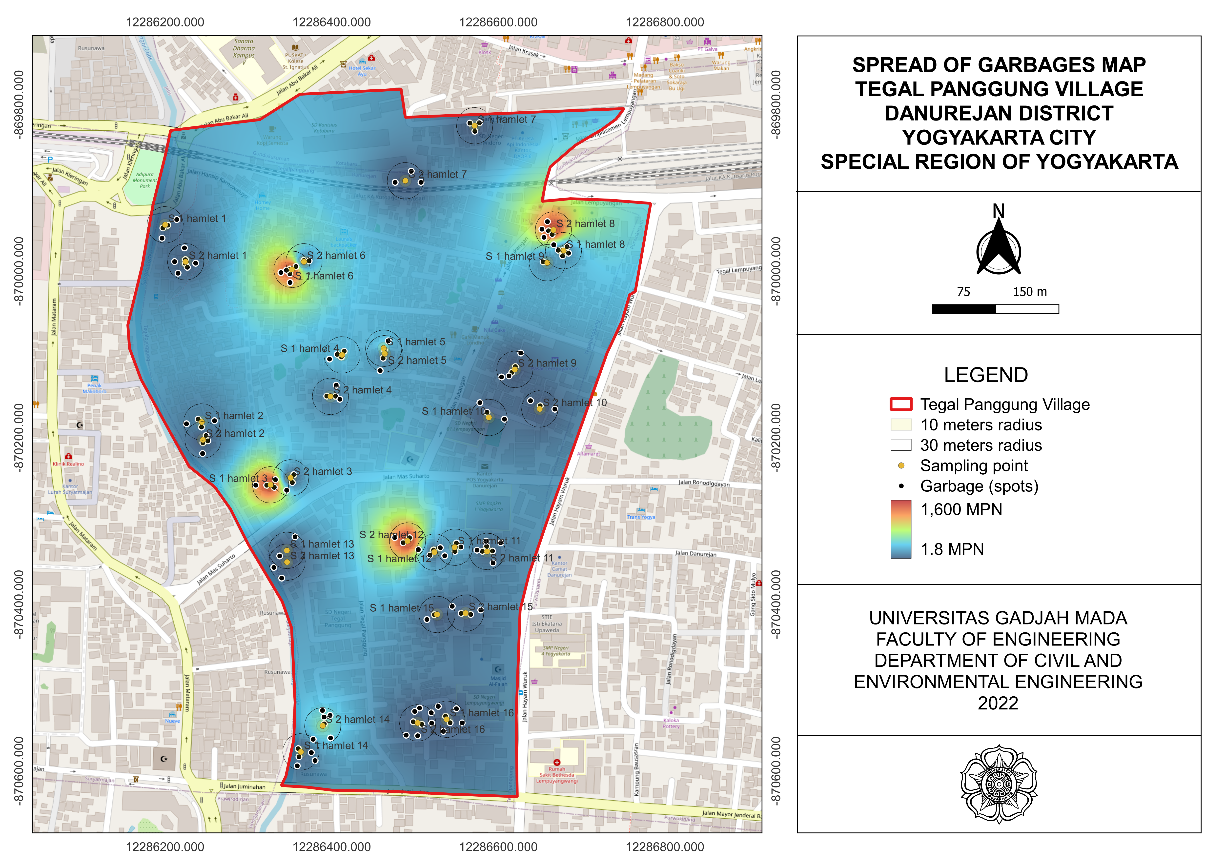Enviromental Health Risk Assessment of Diesel Particulate Matter (DPM) in Underground Mining
Downloads
Anderson, J. O., Thuniyil, J.G., & Stolbach, A. (2012). Clearing the air: a review of the effects of particulate matter air pollution on human health. J med Toxicol; 8(2):166-75. Tersedia di: http://refhub.elsevier.com/S2095-2686(17)30583-9/h0180 [diakses pada: 4 April 2018].
ACGIH, (2017). Threshold Limit Values for Chemical Substances and Physical Agents and Biological Exposure Indices. Cincinnati: American Conference of Governmental Industrial Hygienis
Bose-O'Reilly, S., Lettmeier, B., Roider, G., Siebert, U., & Drasch, G. (2008). Mercury in breast milk a health hazard for infants in gold mining areas. Int. J. Hyg. Environ Health, 211(5-6): 615-623. Tersedia di: https://www.ncbi.nlm.nih.gov/pubmed/18262466 8 https://doi.org/10.1016/j.ijheh.2007.09.015
Chang, P., & Xu, G. (2017). A review of the health effects and exposure-responsible relationship of diesel particulate matter for underground mines. International Journal of Engineering and Technology, 27[831-838]. Tersedia di: http://doi.org/10.1016/j.ijmst.2017.07.020https://doi.org/10.1016/j.ijmst.2017.07.020
Debia, M. et al. (2017). Diesel engine exhaust exposures in two underground mines. International Journal of Mining Science and Technology 27 [641–645]. Tersedia di: https://www.sciencedirect.com/science/article/pii/S209526861730349X [15 Maret 2018]
Guan, B., Zhan, R., Lin, J., & Huang, Z. (2015). Review of the state of the art of exhaust particulate filter technology in internal combustion engines. J Environ Manage;154;22 5-58. Tersedia di: https://www.ncbi.nlm.nih.gov/pubmed/25743879https://doi.org/10.1016/j.jenvman.2015.02.027
Kementrian Kesehatan. (2012). Pedoman Analisis Risiko Kesehatan Lingkungan (ARKL). Tersedia di : http://www.academia.edu/22127843/PEDOMAN_ANALISIS_RISIKO_KESEHATAN_LINGKUNGAN [18 Maret 2018].
Lutz, E. A., Reed, R. J., Lee, V. S., & Burgess, J. L. (2015). Occupational exposures to emissions from combustion of diesel and alternative fuels in underground mining a simulated pilot study. J Occup Environ Hyg 12(3):18–25. Tersedi di: https://www.ncbi.nlm.nih.gov/pubmed/25412337 8 https://doi.org/10.1080/15459624.2014.987384
Morla, R., & Karekal, S. (2017). Diesel Particulate Matter Investigations in Underground Coal Mines. International Journal of Engineering and Technology, 9[4]. Tersedia di: http://ro.uow.edu.au/cgi/viewcontent.cgi?article=1648&context=eispapers1 [15 Maret 2018]
Mukono, H. J. (2010). Pencemaran Udara dan Pengaruhnya Terhadap Saluran Pernapasan. Surabaya: Airlangga University Press.
MSHA. (2013). Hazard Alerts Diesel Exhaust/ Diesel Particulate Matter. Tersedia di: www.msha.gfov [diakses 10 Maret 2018]
Rahman, A., Nukman, A., Setyadi, Akib, C. R., Sofwan, Jarot. (2008). Analisis Risiko Kesehatan Lingkungan Pertambangan Kapur di Sukabumi, Cirebon, Tegal, Jepara, dan Tulung Agung. [e-jurnal] Volume 7 Nomor 1. Tersedia di: http://ejournal.litbang.depkes.go.id/index.php/jek/article/view/1643 [3 Maret 2018].
Salim, H. S. (2014). Hukum Pertambangan Mineral dan Batubara. Sinar Grafika.
Salvi, S., Blomberg, A., Rudell, B., Kelly, F., Sandstrom, T., Holgate, S. T., et al. (2012). Acute Inflammatory Responses In The Airways And Peripheral Blood After Short-Term Exposure To Diesel Exhaust In Healthy Human Volunteers. Am J Respir Crit Care Med;159(3):702–9. Tersedia di: https://www.atsjournals.org/doi/abs/10.1164/ajrccm.159.3.9709083#readcube-epdf
Silverman, D. T., Samanic, C. M., Lubin, J. H., Blair, A., Stewart, P. A., & Vemeulen, R. (2012). The diesel exhaust in miners study: a nerted case-control of lung cancer and diesel exhaust. J Natl Cancer Inst 104(11); 855-68. Tersedia di: http://refhub.elsevier.com/S2095-2686(17)30583-9/h0100https://doi.org/10.1093/jnci/djs034
US EPA. (2016). Integrated Risk Information System (IRIS). [online] Tersedia di: https://www.epa.gov/iris [5 Maret 2018].
2. Formal legal provisions to access digital articles of electronic journal are subject to the provision of the Creative Commons Attribution-ShareAlike license (CC BY-NC-SA), which means that Jurnal Kesehatan Lingkungan is rightful to keep, transfer media/format, manage in the form of databases, maintain, and publish articles.
3. Published manuscripts both printed and electronic are open access for educational, research, and library purposes. Additionally, the editorial board is not responsible for any violations of copyright law.
JKESLING by UNAIR is licensed under a Creative Commons Attribution-ShareAlike 4.0 International License.







































